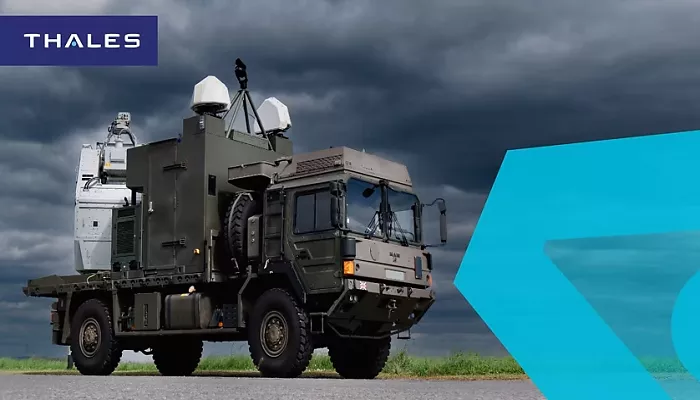The United Kingdom’s military has successfully trialed a new weapon designed to track, target, and defeat drone swarms. The system, known as a radiofrequency (RF) directed energy weapon, uses radio waves to disrupt or damage the electronic components inside drones, causing them to crash or malfunction.
The trial, conducted at a weapons range in West Wales, was the largest counter-drone swarm exercise carried out by the British Army. The weapon can neutralize multiple drones simultaneously, offering near-instant results against airborne threats.
This successful test comes amid growing concerns over the use of drone swarms in combat. In Ukraine, drone swarms have become a common tactic, with UK Defence Intelligence reporting that Ukraine faced over 18,000 drone attacks last year.
Minister for Defence Procurement and Industry, Rt Hon Maria Eagle MP, praised the trial, saying it showcased the strength of British innovation, driven by local industries, technology firms, and scientific talent. She added that the UK is continuing to strengthen its defense sector with cutting-edge technology to secure the country at home and abroad.
The RF directed energy weapon can target drones at distances of up to 1km and is effective against threats that cannot be jammed with electronic warfare. The UK government has invested over £40 million in research and development for these systems, creating over 135 highly skilled jobs in Northern Ireland and South-East England.
Nigel MacVean, Managing Director of Thales Integrated Airspace-protection Systems, highlighted Thales’ role in the project and the company’s ongoing efforts to develop this pioneering technology alongside the UK Government.
Developed by an industry consortium led by Thales UK, the weapon was tested against drone swarms. In one of the successful trials, the system was able to take down two swarms of drones in a single engagement, with over 100 drones tracked and neutralized across all trials.
Sgt Mayers, a senior operator from 106 Regiment Royal Artillery, was the first British soldier to bring down drones using the radiofrequency weapon. He described the system as easy to use and effective, adding that future improvements could make it a valuable asset for layered air defense.
Thales employed around 100 skilled workers in Northern Ireland for the project, with another 30-35 jobs in Chelmsford, Essex, contributing to the weapon’s development.


